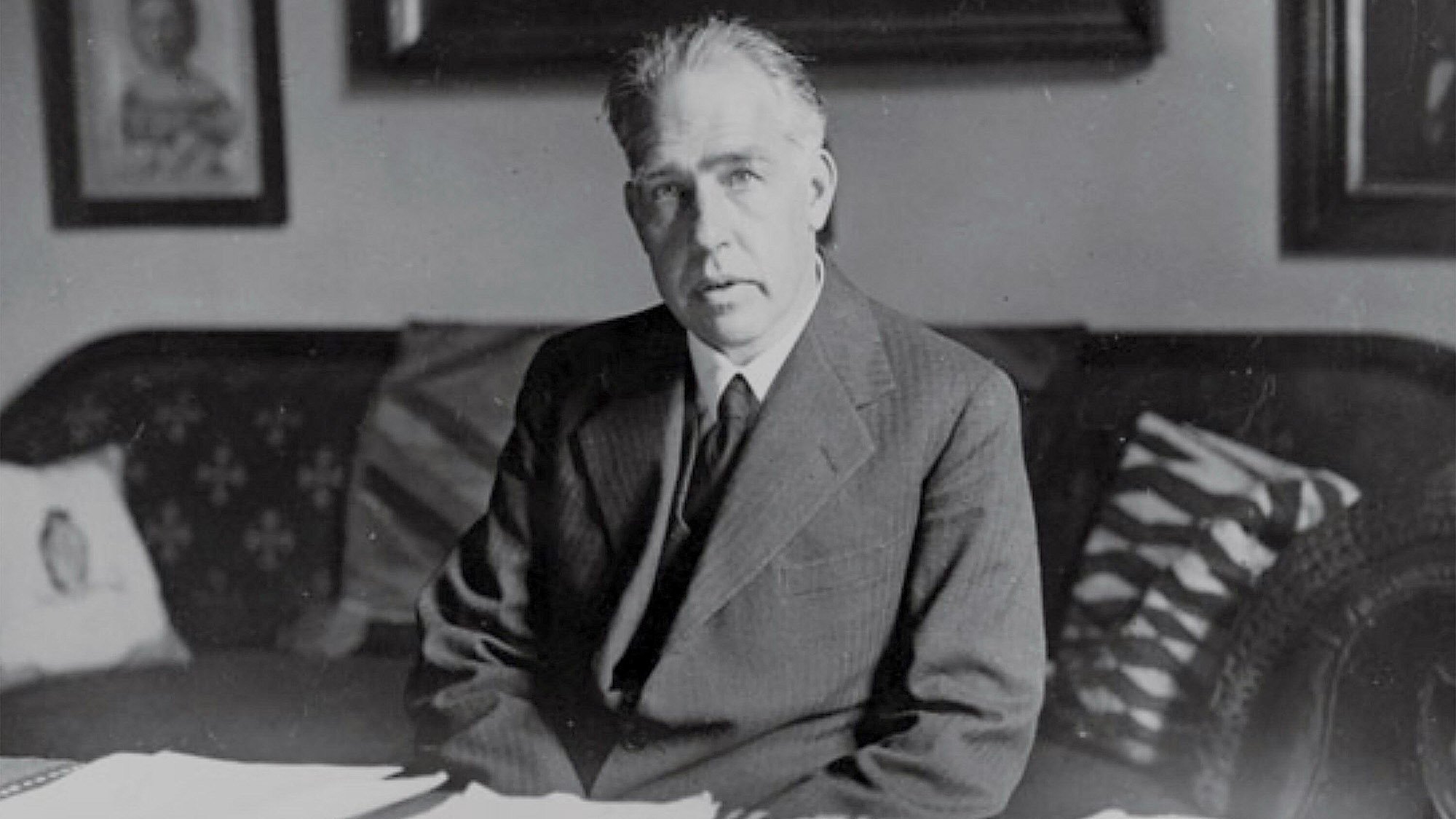When a sculptor completes his work in clay, he prepares to make a mold of the piece so he can recreate it as a permanent form in bronze or another metal. He’ll have to do something to his artistic work to make this happen, and that is to cut it apart. Painstakingly, the artist determines how to segment the work, where the seams will go, how he will account for the folds and crevices of the sculpture. The mold has to be perfect, so that when metal is poured inside, it will perfectly replicate the original. A wrongly fashioned mold, and the original artwork itself may be destroyed. But done correctly, and the artist can make dozens, even hundreds of copies in exacting detail.
Most leaders don’t think about reproducing themselves. But this is the ultimate goal of leadership. A young man enters the leadership arena, grows, makes good decisions. As a result his business and family are successful. He may flourish financially. At some age, though, he reaches a point where he realizes that when he retires and later dies, his leadership will die with him. The question becomes, “Who will continue all this after me?” A successor is not necessarily a leader.
If there is no ongoing work toward replication, all that he has accomplished will end up as a footnote. There will be a few photos, initially valued by his wife and family, but eventually even those relationships will be no longer. How many leaders can you name from 100 years ago, or 50, or even 25? The only means by which a leader can have lasting impact is to take what he has learned, his wisdom and experience, and reproduce himself in another.
But this is far easier said than done, partly because few leaders realize this goal early enough to do anything concrete about it. They will spend their lives shaping their work in clay and end up with a grand work of art. But they’re unable then to cut it apart for replication, because they never learned how to make a mold, something that would allow them to reproduce their work over and over again. How does one reproduce their leadership? Consider these ideas:
Feedback over isolation. A leader practices active listening, soliciting ideas and feedback from others around him. He then listens intently to what they say. This accomplishes two things—first, the leader learns and grows from new knowledge and perspectives. This is regardless of whether or not he uses the feedback to make a change. Second, the leader builds trust among his peers and reports as he becomes known for listening to others’ opinions and input. Feedback is a powerful means to build the kinds of relationships required for a leader to replicate himself.
Confronting over ignoring. Healthy confrontation is not explaining to someone why you are right and they are wrong. Rather, conflict resolution is always about restoring a relationship, and becoming the best version of ourselves with respect to connections with others. Ignoring problems between people leaves relationships broken or weakened, which doesn’t advance leadership reproduction. A reproducing leader depends on growing relationships to replicate. He should value the relationship above everything, and confront in order to get the relationship back on track. Often leaders talk about “sweeping something under the rug”, or ignoring an issue until it becomes too big to ignore. This approach may keep an environment quiet, but it will be far from peaceful.
Delegation over doing. Delegating is not handing out tasks. Rather, it is handing out responsibility, and trusting others to do what they need to do. Instead of clarifying every detail up-front, a reproducing leader gives the broad strokes, then allows the report to ask questions and get clarification. Delegating is perhaps the most direct means of leadership reproduction. A person who is delegated responsibility may respond with arrogance, or they may respond with humility and a desire to build trust. In either case, there are opportunities for the leader to teach aspects of character.
Empowering over exercising power. “Empowering” someone means giving them the authority to do the work and supervise those involved, and the leeway to make decisions for the work. The opposite of empowering is micromanagement—telling someone what to do and exactly how to do it. Empowerment is a crucial step in replicating leadership, because it releases someone to engage in all the facets of leading—making decisions, communicating with others, casting vision and following through. To empower, the leader communicates to all, “This person has the task, and has my trust to do it. Listen to them and learn from them.”
Breaking the mold? Perhaps you’ve learn the phrase applied to a unique or especially effective leader: “When they made him, they broke the mold.” It’s given as a compliment, but really it isn’t. Leadership really isn’t about breaking molds, because it is that form—an intentional plan for recreation—that allows the leader to reproduce. The greater compliment is that a leader makes a mold. Can you be someone that through action and intentional relationships ends up with more of you than just one of you?
Leadership teacher John Maxwell wrote, “As leaders, we may teach what we know, but we reproduce who we are.” Look at the shape of your leadership not as a fine sculpture, completed after years of hard work. Rather, consider how that piece might be reproduced, copied over and over with exacting detail, so that many more may enjoy and be enriched by the fruits of your leadership. Don’t break the mold. Rather, be a leader that makes the mold for generations to come.
Cover photo: Shutterstock



























What will you do of significance with the 80-or-so years you have? When we’re young we have all the time in the world. And once we realize that isn’t true, we never have enough left to do anything with it.